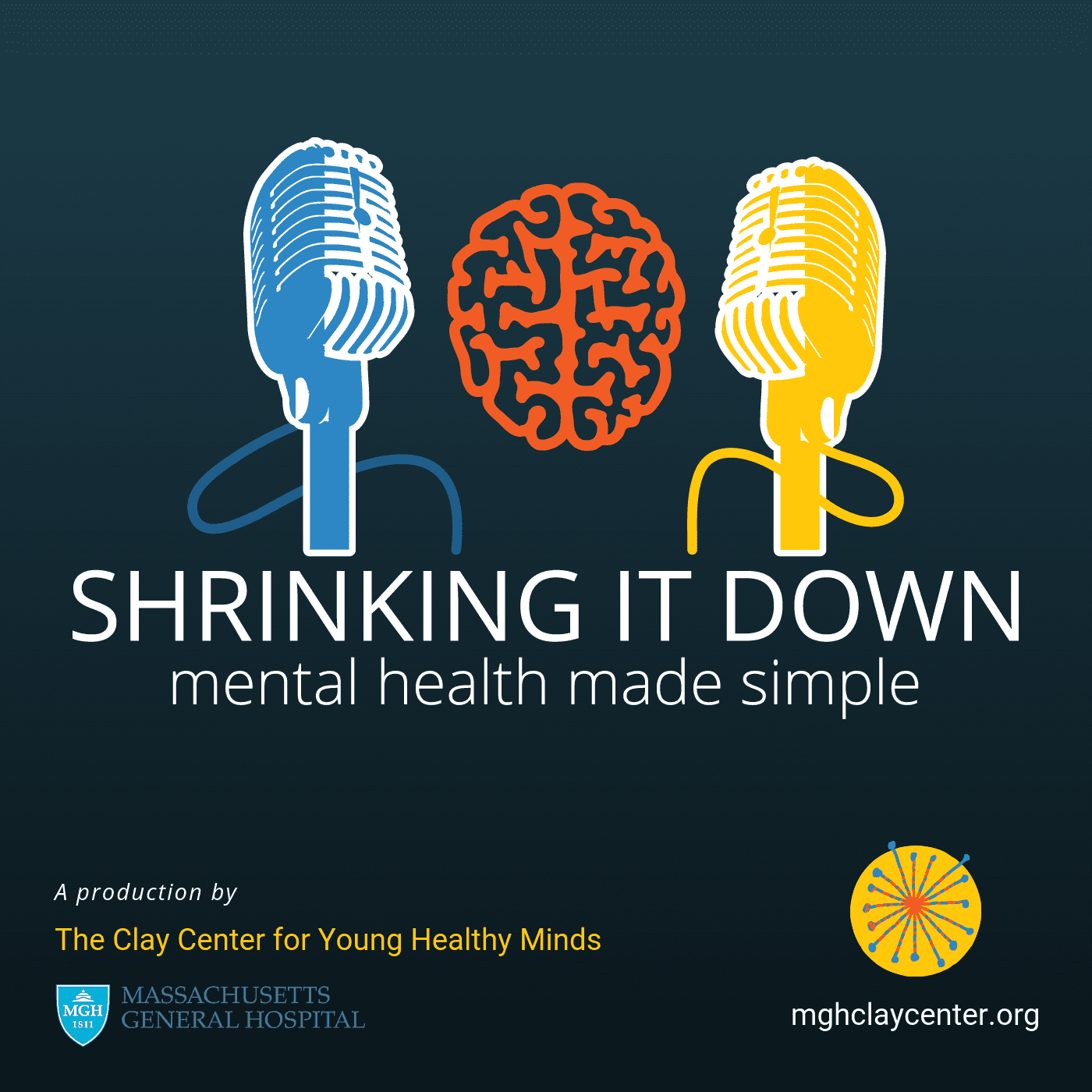What Is Psychodynamic Child Psychotherapy?

Posted in: Grade School, Teenagers, You & Your Family
Topics: Behavioral Issues, Mental Illness + Psychiatric Disorders
Your child is in emotional distress. About a month after the divorce, your 7-year-old daughter Ali starts having some difficulty settling down for bed. She insists on a prolonged bedtime ritual for her dolls—tucking them all in carefully, and reciting the same “good night” words to 10 little feminine figures. At first this seems sweet; but when you take her out to a movie and come home late one evening, Ali weeps when you set limits on the 60-minute bedtime routine. She refuses to listen, and doesn’t settle until you relent. The ritual starts to expand into other evening activities; she insists on bringing all the dolls from household to household. Any discussion about the topic leads to immediate tears and withdrawal.
Or, maybe your 12-year-old son Billy has begun having stomachaches since the start of middle school. An extensive pediatric work up is normal, but Billy complains often about his belly pain, and you can’t remember the last time he smiled. His best friends from elementary school never call or come over anymore. When you ask why, he says he feels too sick to play.
Or, you ask your teenage daughter Ella about the band-aids on her wrist, and she confesses that she has been cutting herself with a paper clip several times a week. The cuts aren’t deep, and she doesn’t want to die; but clearly she is suffering.
All three of these scenarios will likely prompt a call to your family doctor. After some discussion, he may recommend a consultation with a therapist. With all three, psychodynamic psychotherapy with a therapist experienced with children and adolescents could be very helpful.
A dynamically-oriented therapist recognizes that emotional distress may be an expression of internal psychic conflict. Sometimes a patient is overwhelmed with distressing emotions—such as fear, grief, or rage—but the feelings feel so dangerous or utterly overwhelming, that they’re kept out of a person’s awareness.
In an attempt to cope with the psychic distress, symptoms may develop. Obsessive symptoms, such as the doll bedtime ritual, may emerge as an attempt to assert control during a life change that feels unbearable. Stomachaches may reflect anxiety about spending time with friends who are precociously hurtling into adolescent behaviors, while also providing a perfect excuse for avoiding social plans. Cutting may be a way for a teen to manage rage, loneliness, or sadness that feels intolerable.
Psychodynamic therapists do not believe in only focusing on the presenting symptom, as the symptom is considered to be a manifestation of a more complex internal issue. Ali’s bedtime routine may improve if her parents set strict limits, but if the source of her anxieties isn’t also addressed, new worries will likely emerge. Next, there may be a monster under the bed that will attack her, or she might refuse to lie in bed without a parent by her side—for hours. It’s the psychological version of the arcade game “Whack-a mole.” If the underlying, less obvious concerns aren’t addressed, a new symptom may emerge as an expression of the internal untreated distress.
Psychodynamic therapy starts with a consultation with both the child and parents. If both parties feel comfortable with the clinician, the child will begin to meet with the therapist on a regular basis—once a week at the beginning.
The process of psychodynamic psychotherapy differs based on the child’s age. Younger children may have trouble talking directly about their feelings, but their worries will be expressed in their play. If Ali spends her session taking obsessive care of her dolls, the themes of safety and fear of loss may emerge. The therapist creates a nonjudgmental, understanding environment, and starts to label some of the emotions expressed. (“Your doll Natalie needs a lot of comfort in order to take a nap during our session. Otherwise, it’s too hard to go to sleep. This new place feels funny to her.”) Over time, the therapy may connect Ali’s need for rituals to her emotional distress about the divorce, but sometimes, just the act of open play that encourages emotional freedom, is enough for symptoms to subside.
For older children, the therapy will include more talking and less playing. In these cases, the therapist slowly helps the child learn to express his emotions in words. As this ability isn’t an easy skill to acquire, discussions about feelings are often intertwined with talks about topics interesting to the child—whether it be sports, Yugi-oh cards, favorite books, or TV shows. These conversations aren’t filler or superficial chatter; by learning about a child’s passions in detail, the therapist learns what makes a child tick. Who are his heroes? Her closest friends? What brings him joy? What does she avoid? First, the child learns to examine his life—on topics that are easy and of interest. And then, over time, he manages discussions on topics that are difficult to tolerate, but especially important.
The child slowly learns to manage intense emotions after talking one-on-one with a therapist specially trained to manage the heavy emotional lifting. Children often worry about the power of their strong feelings, and it can be immensely reassuring to talk with someone who is not distressed or overwhelmed by intense emotional self-expression.
While psychodynamic theory may be at the core of the therapist’s methodology, more directive interventions may also be included in the treatment approach. The therapist may encourage Ali’s parents to devise a reward system to encourage her to shorten her nightly ritual. After learning that Billy loves chess, the therapist may suggest that he join the chess club at school to meet new friends. While Ella works in therapy to find the source of her distress, the therapist may also recommend that she hold ice in her hand if she feels the need to cut—a way to safely experience physical discomfort without causing damage. There is no reason to be a purist with only one therapeutic approach.
Parents will be involved throughout the treatment. Parent meetings may occur at the tail-end of the child’s session, or scheduled separately without the young patient, as an aid to the parents in supporting the child at home—an integral part of a successful therapy. Younger children generally welcome these discussions. The therapist and Ali’s parents may spend time discussing the importance of predictability, and decreasing parental discord during a complicated transitional time. Older children, such as Billy or Esther, will approve the scheduling and agenda of these meetings, to support the confidentiality of their treatment. That said, once teenagers trust their therapist, they often welcome the idea of intermittent meetings, as they realize it’s to everyone’s benefit if the parents can understand their teen and how to help them.
A good therapist, regardless of therapeutic approach, keeps an eye out for psychiatric disorders that are more disabling. Sometimes, a medication evaluation may be recommended. The therapist may also suggest academic testing, or increased educational supports if he sees evidence of an undiagnosed learning issue.
Psychodynamic therapy does take time. Emotional intelligence increases slowly, and the process requires patience. That said, the increased understanding reaped from the treatment may be useful, to both the child and the family, for years to come.

 Share
Share Tweet
Tweet





